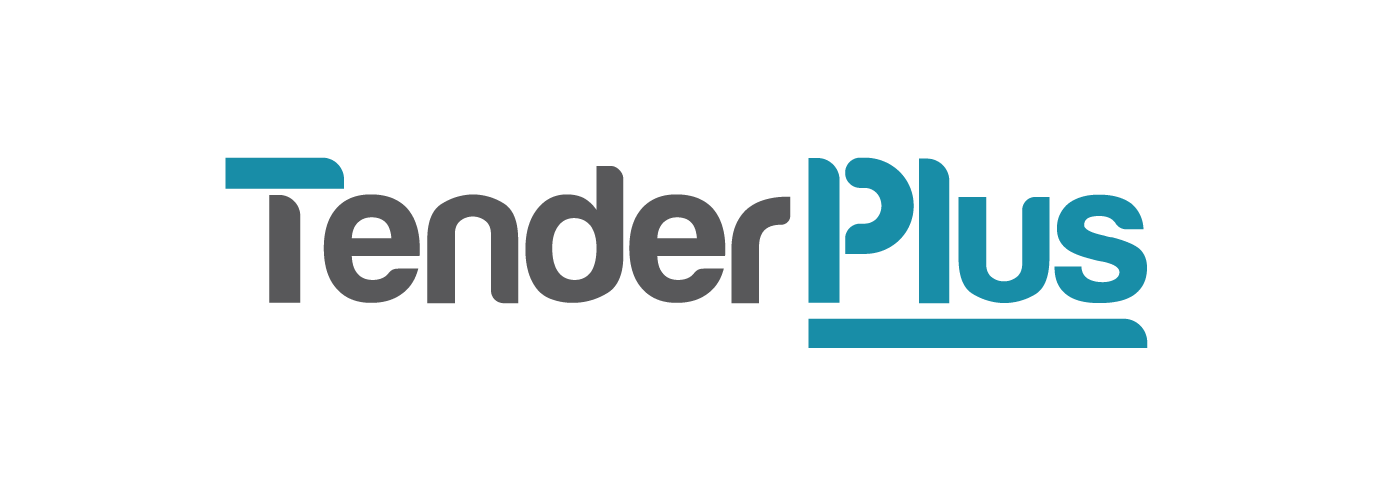Nailing a clear and well-structured template
By Chelsea Steele, Senior Tender Specialist, Brisbane.
Early in the tender process, an important step is establishing how your returnable schedule documents are organised, set out and their overall look. You want the reader to be able to clearly navigate through your proposal in a way that is practical, easy to follow and compliant. If your documents have a logical structure and the reader can quickly find the answers they’re looking for, they’ll be easier to evaluate.
The first step involves using a well-structured Word template that will form the base for each returnable schedule and helps to visualise the appearance of your draft. The template works with your branding and style guide and sets up how your documents are organised, for example:
Font choice
Font size
Heading levels
Call outs
Spacing, and
Colour themes.
Using the template will provide a consistent style and flow through your entire proposal and will provide simple wayfinding for the reader. It also helps set a professional tone and produces a well-organised and appealing proposal.
Once the template has been tailored to reflect your tender brand and colour palette, it’s used to create the draft documents for each returnable schedule – and you know there can be many! Each returnable schedule draft will contain subheadings of the schedule questions and requirements. Under these subheadings is where the tender team will write their responses and the narrative starts to take shape.
It’s sound practice to replicate the customer’s numbering system, naming conventions and question order. Using the sequence of how the customer asks you to present your content in the tender request will demonstrate your understanding, and that you can provide what’s being asked for.
We recommend that each returnable schedule draft includes a compliance matrix at the front end of each schedule listing each requirement question and an auto cross-reference to the answer. The reader can then rapidly locate what they’re interested in. It can also serve as clear direction for the tender team as they’re developing their writing on what needs to be demonstrated.
A compliance matrix is also a great gap identifier. Often a question, or parts of a multiple question, can be missed in your response. Using this tool can help you to provide a compliant response and the quality assurance for your team that you’re putting your best, and most thorough foot forward.
